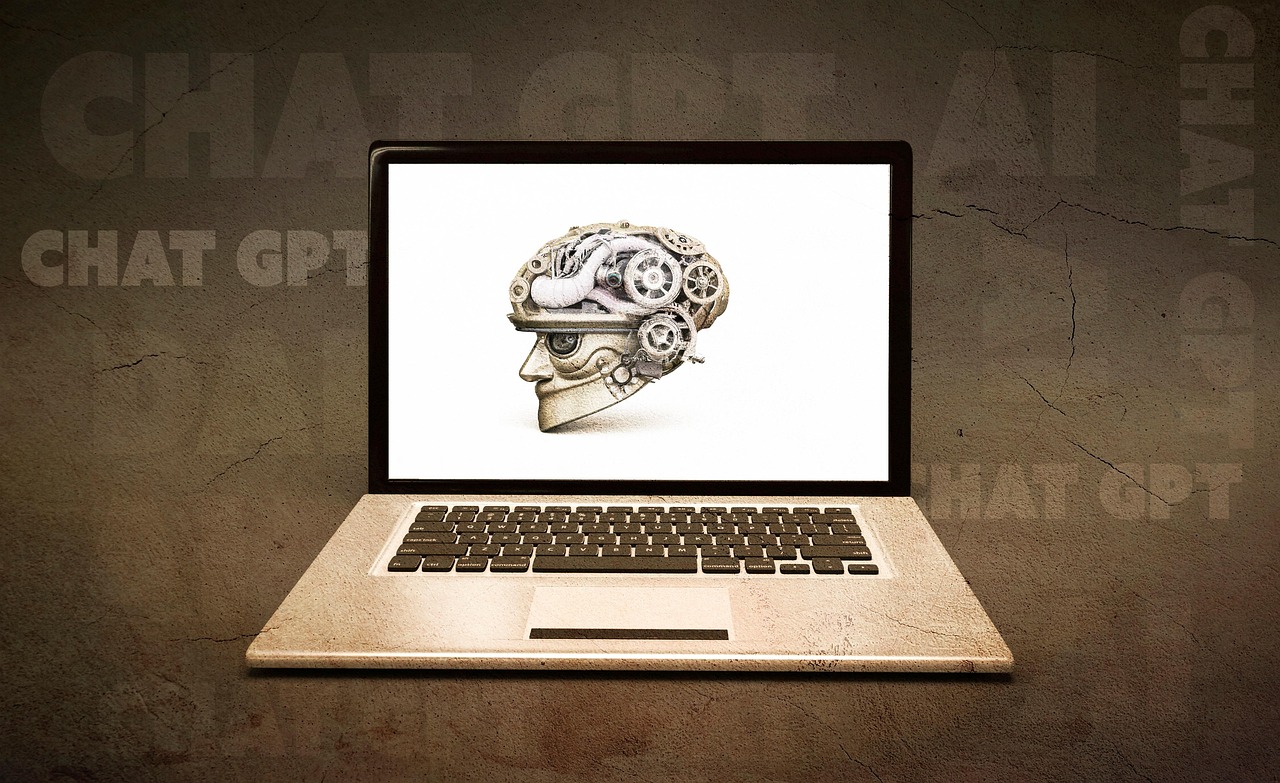AI automation is rapidly transforming the way businesses operate, offering unprecedented opportunities for efficiency, productivity, and innovation. From streamlining routine tasks to enabling sophisticated decision-making, the power of artificial intelligence is reshaping industries across the board. In this comprehensive guide, we’ll delve into the key aspects of AI automation, exploring its applications, benefits, and implementation strategies.
Understanding AI Automation
What is AI Automation?
AI automation involves using artificial intelligence technologies to automate tasks and processes that traditionally require human intelligence. This includes:
- Machine Learning (ML): Enabling systems to learn from data without explicit programming.
- Natural Language Processing (NLP): Allowing computers to understand and process human language.
- Robotic Process Automation (RPA): Automating repetitive, rule-based tasks.
- Computer Vision: Enabling machines to “see” and interpret images.
These technologies work together to create systems that can perform complex tasks with minimal human intervention.
Why is AI Automation Important?
AI automation is becoming increasingly crucial for businesses to stay competitive. According to a McKinsey Global Institute report, AI automation could potentially boost global GDP by $13 trillion by 2030. The benefits are numerous:
- Increased Efficiency: Automating repetitive tasks frees up human employees to focus on more strategic and creative work.
- Reduced Costs: Automation can significantly lower operational costs by reducing labor needs and minimizing errors.
- Improved Accuracy: AI systems are less prone to human error, leading to higher accuracy and reliability.
- Enhanced Productivity: Automated systems can operate 24/7, leading to significant gains in productivity.
- Better Decision-Making: AI can analyze vast amounts of data to provide insights that support better decision-making.
Key Applications of AI Automation
Customer Service
AI-powered chatbots and virtual assistants are transforming customer service. These tools can handle a wide range of inquiries, from answering basic questions to resolving complex issues.
- Example: A telecommunications company uses a chatbot to handle initial customer support requests, such as troubleshooting internet connectivity issues or processing bill payments. More complex issues are escalated to human agents, ensuring a seamless customer experience.
Marketing and Sales
AI automation can personalize marketing campaigns, optimize sales processes, and improve lead generation.
- Example: An e-commerce company uses AI to analyze customer browsing behavior and purchase history to create personalized product recommendations and targeted advertising campaigns. This results in higher conversion rates and increased sales.
Finance and Accounting
AI automation can streamline financial processes, such as invoice processing, reconciliation, and fraud detection.
- Example: A bank uses AI to automate the process of detecting fraudulent transactions. The system analyzes transaction patterns and flags suspicious activities for review by human investigators.
Human Resources
AI can automate HR tasks such as resume screening, employee onboarding, and performance management.
- Example: A large corporation uses AI-powered software to screen resumes and identify qualified candidates for open positions. This significantly reduces the time and effort required for recruitment.
Manufacturing and Supply Chain
AI automation can optimize manufacturing processes, improve supply chain efficiency, and enhance quality control.
- Example: A manufacturing plant uses AI to monitor equipment performance and predict potential failures. This allows for proactive maintenance, reducing downtime and improving overall efficiency.
Implementing AI Automation: A Step-by-Step Guide
Step 1: Identify Automation Opportunities
Begin by identifying tasks and processes within your organization that are repetitive, time-consuming, or prone to errors.
- Conduct a thorough analysis of your business processes.
- Consult with employees across different departments to gather insights.
- Prioritize tasks that offer the greatest potential for efficiency gains.
Step 2: Choose the Right AI Technologies
Select the AI technologies that are best suited for your automation needs.
- RPA: Ideal for automating rule-based tasks.
- ML: Suitable for tasks that require learning from data.
- NLP: Useful for processing and understanding human language.
- Computer Vision: Applicable for tasks that involve image recognition.
Step 3: Develop an Implementation Plan
Create a detailed plan that outlines the scope, timeline, and resources required for the AI automation project.
- Define clear goals and objectives.
- Establish key performance indicators (KPIs) to measure success.
- Allocate resources, including budget, personnel, and technology.
Step 4: Train and Integrate AI Systems
Train the AI systems using relevant data and integrate them into your existing workflows.
- Ensure that the AI systems are properly trained and tested.
- Integrate the AI systems with your existing IT infrastructure.
- Provide training to employees on how to use the new systems.
Step 5: Monitor and Optimize Performance
Continuously monitor the performance of the AI systems and make adjustments as needed.
- Track KPIs to measure the impact of automation.
- Identify areas for improvement and optimization.
- Regularly update the AI systems with new data and algorithms.
Overcoming Challenges in AI Automation
Data Quality and Availability
AI systems require high-quality data to function effectively. Poor data quality can lead to inaccurate results and unreliable automation.
- Solution: Invest in data cleaning and validation processes to ensure data accuracy and consistency. Implement robust data governance policies to manage data quality over time.
Skill Gaps
Implementing and managing AI systems requires specialized skills. Many organizations face a shortage of skilled AI professionals.
- Solution: Invest in training programs to upskill your existing workforce. Consider hiring AI experts or partnering with external consultants to fill skill gaps.
Integration Complexity
Integrating AI systems with existing IT infrastructure can be complex and time-consuming.
- Solution: Choose AI technologies that are compatible with your existing systems. Work with experienced IT professionals to ensure seamless integration.
Ethical Considerations
AI automation raises ethical concerns, such as bias, privacy, and job displacement.
- Solution: Develop ethical guidelines for AI development and deployment. Ensure that AI systems are transparent and accountable. Consider the social impact of AI automation and take steps to mitigate potential negative consequences.
Conclusion
AI automation offers immense potential for businesses to improve efficiency, reduce costs, and drive innovation. By understanding the key aspects of AI automation, implementing a well-defined plan, and addressing potential challenges, organizations can successfully leverage the power of AI to transform their operations and achieve their strategic goals. Embrace the future of work by integrating AI automation into your business strategy and unlocking new levels of productivity and competitiveness.




